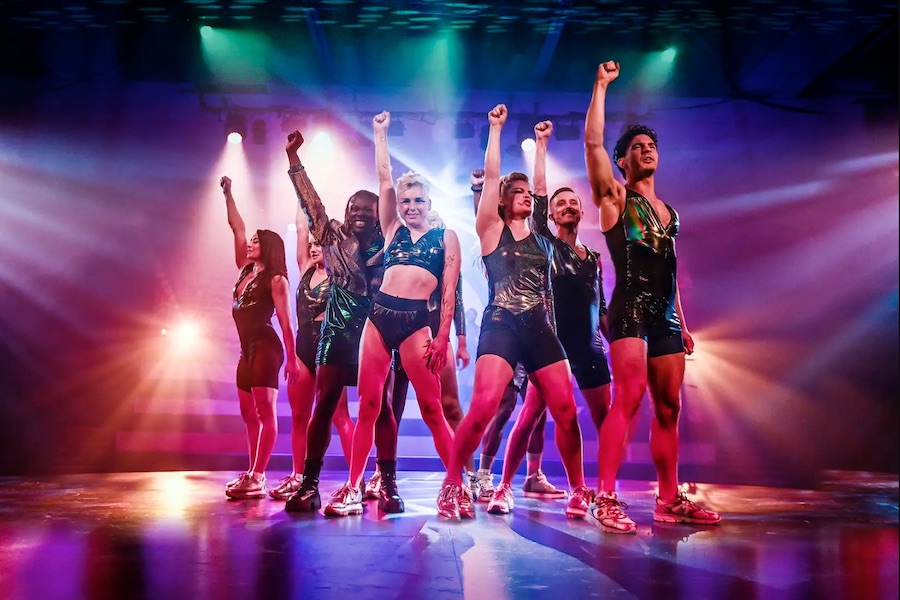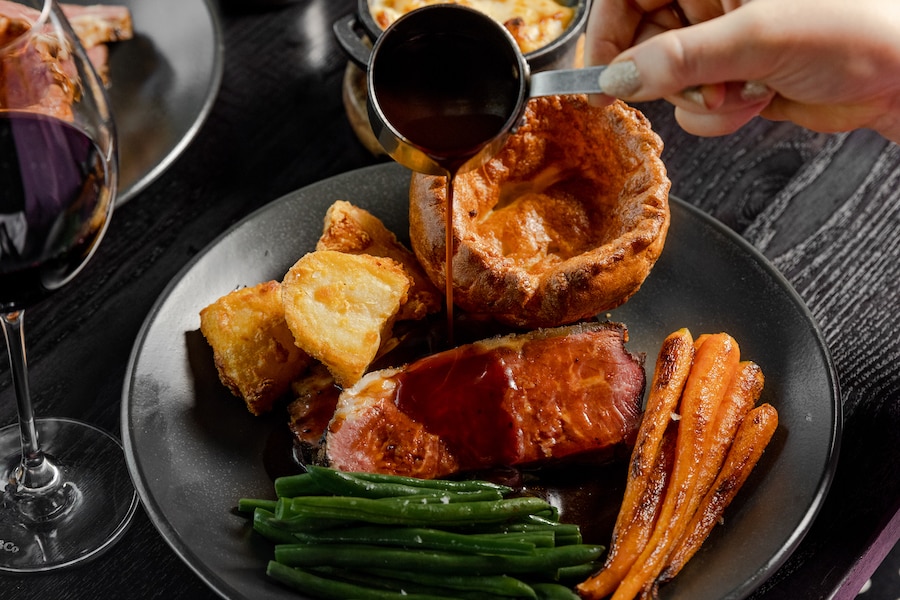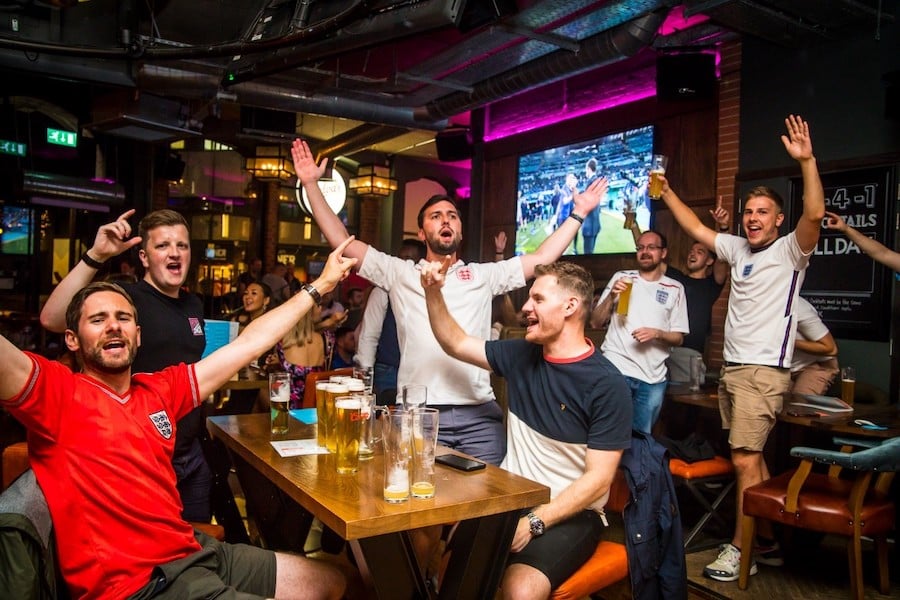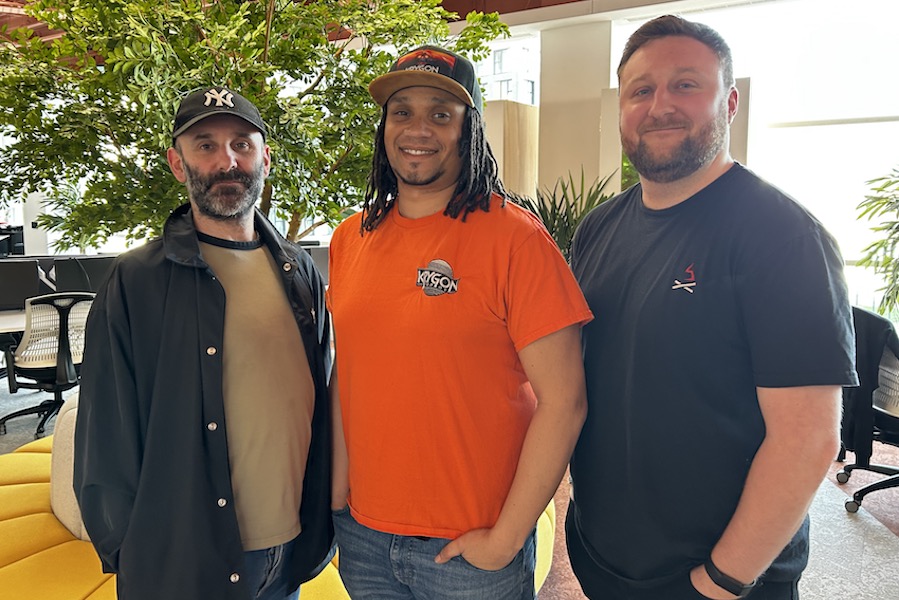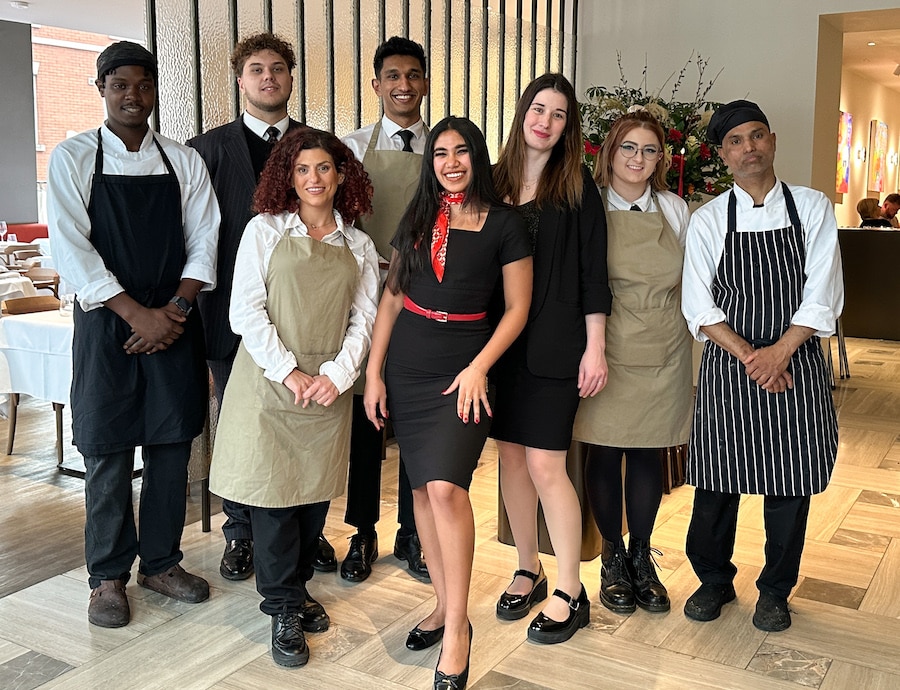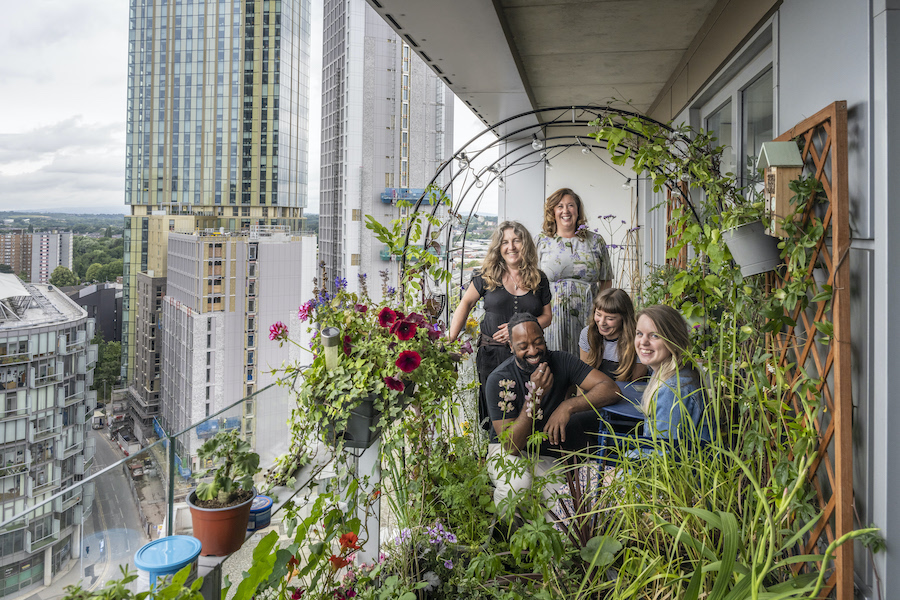“We were equally as important as the Hacienda in Manchester’s clubbing history”
- Written by Thom Bamford
- Last updated 3 months ago
- City of Manchester, Cornerstone, Culture, History, Music
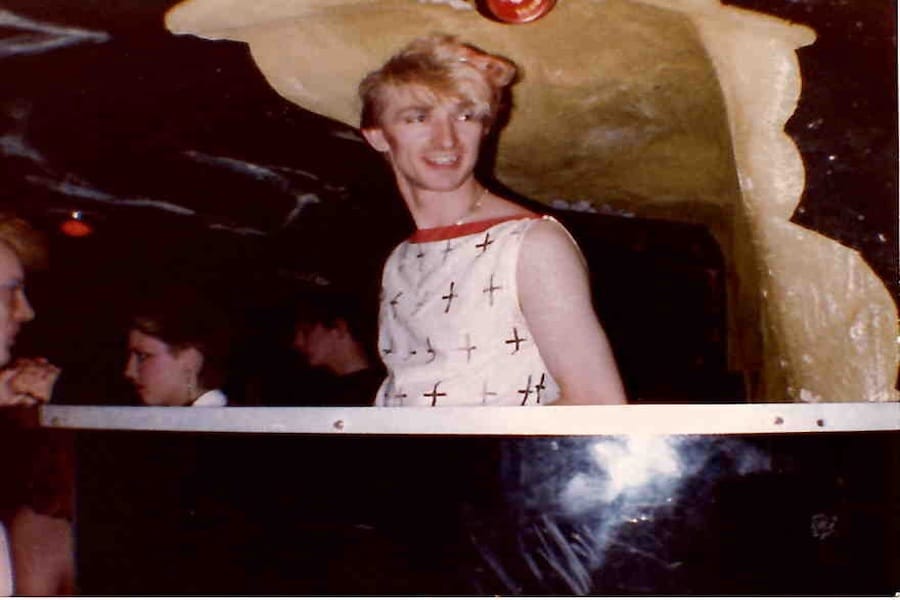
We’ve got an incredible history of pubs, clubs and gig venues here in Manchester, with a night out for just about everyone
One of the big standouts in the illustrious history of great clubs in the city was Pips Nightclub.
Pips Nightclub, Manchester
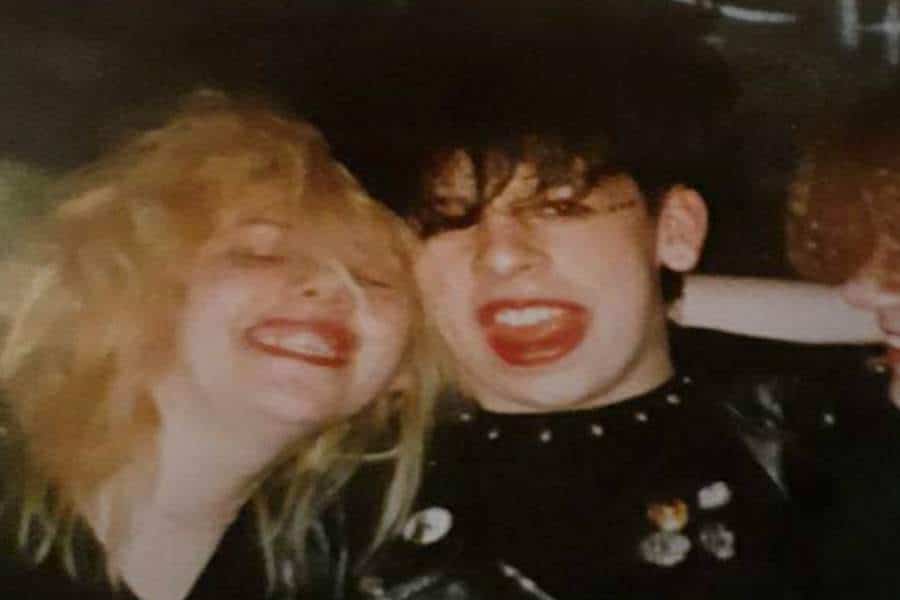
Pips was active for ten years, nestled beneath the heart of the city, where the iconic Corn Exchange now lives.
Pips emerged in the early 1970s as an underground haven that would sow the seeds of Manchester’s musical future.
A place where the beats of innovation intertwined with the rhythms of rebellion, Pips Nightclub was far more than just a subterranean venue; it was a catalyst for change, a hub for subcultures, and a musical forge where new genres ignited.
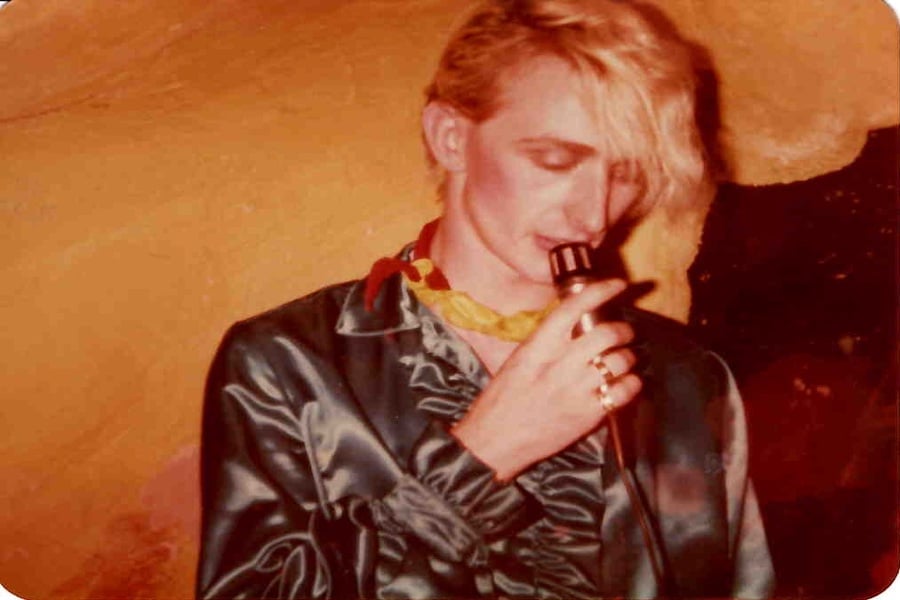
We sat down with Alan Maskell, DJ at Pips Nightclub to discuss his involvement with the club, his memories from that time and how he got into music.
He said: “I became an avid collector of records, the first record I ever brought was Space Oddity by David Bowie. At my peak, I had about 30,000 records, but that’s been skimmed down to about 3,000 now.
Alan said his favourite record is the first Velvet Underground and Nico record – as it was so far ahead of its time.
“I got involved with Pips after a friend of mine at school in Bury came to the club and was like, you’ve got to come down and try it, they play all the music we like!
“For the time that was very rare, almost unheard of.
“So we came down one weekend and it blew me away. It was fabulous.
Alan recalls that the club played all different types of music with the first room playing commercial tunes and a couple of rooms beyond it, playing rock and roll, electronica, punk and eventually goth.
It was unlike anywhere else in the city at the time.”
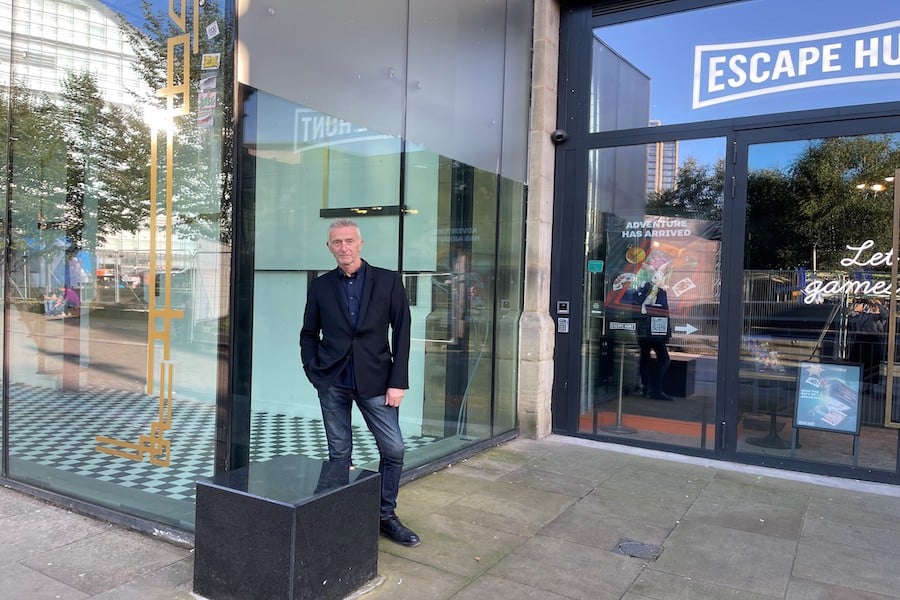
After a few years away to study photography, he returned to the city and back to Pips.
Visiting the Roxy Room which at that time was in the cave, he started talking to John Richmond, the DJ at the time who later went on to become a famous fashion designer.
“We got talking and became good friends.
“I’d occasionally fill in for him when he went to the toilet or whatever, and in the end, I did a night with him.
“The manager was impressed, so gave me my nights then the owner Gerald Summers, who was at Rotters as well, signed me up to play.”
Manchester Clubs before The Hacienda
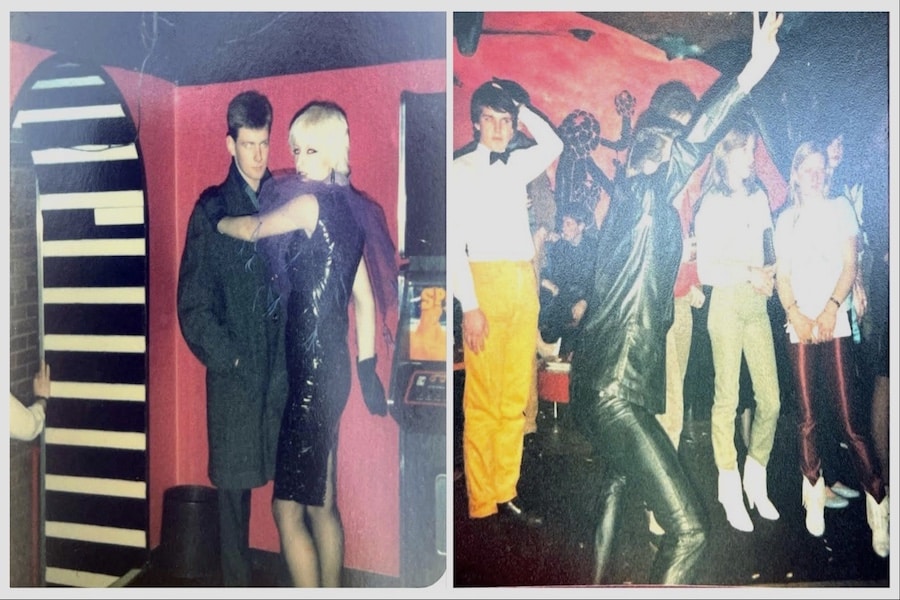
Founded in 1972, a decade before the groundbreaking phenomenon of The Hacienda, Pips was the brainchild of visionary individuals who sought to create a space that transcended the ordinary.
Tucked away behind the Cathedral, accessed through massive black double doors and down a hidden staircase of around 20 steps, Pips immediately transported visitors into an alternate realm.
The labyrinthine design of the club defied convention, with its four rooms becoming crucibles for musical experimentation and cultural convergence.
Alan continued: “It was rammed every weekend, the music coming out at the time was Killing Joke, Bauhaus and Siouxsie and the Banshees just came out, and we were just riding the wave.
Manchester Fashion and Culture in the 80s

“The fashion and the culture were all changing pretty fast. All the cool punk gear, leather stuff, ginormous hair. It captured the spirit of the times.
“What was amazing, was the club was run on about a 400w speaker. Hilarious really, I reckon most people have a bigger one in their house.”
Pips also used to have live music and was famously home to Joy Division’s first-ever gig. Still named Warsaw at the time, they decided on the name change just before hitting the stage at the club.
Alan continued: “It was very, very sweaty.
“At the high point of the club, 80, or 81, there was condensation dripping from the ceiling.
“There were a lot of drooping hairstyles by the end of the night.
“It was like a cave inside, they paper mache the walls so it looked like a cave! You can imagine how long that lasted.
“Not sure why they decided that.
“It was very much dressed to impress. The fashion at the time was great, the more outrageous the better. People dressed as mime artists, brides, and all sorts of amazing outfits.
“People used to make matching outfits, blue velour jumpsuits and sensational hair, it goes without saying really.
“Massive, massive hairspray going on, it must have been a fire risk down there.
“You could see a newcomer, because they’d be fairly normal, then a month later, they were the full monty, all the gear on.
“In that period, music and fashion were one and the same.”
Alan explained that people’s attitudes to fashion weren’t as liberal as they were back in the early 80s, and people had to be careful travelling around in full goth gear.
He said: “It was very dangerous travelling through Manchester in all the gear, getting a bus to Bolton Station, then the train.
“There’s a lad there with latex trousers and make-up on. You can imagine what that was like at the time, people must have thought we’d landed from Mars.
“Today, people don’t care do they, especially in MCR. Punks, Goths, they just wear what they want. It’s awesome.”
Changing Music Scene of the 80s
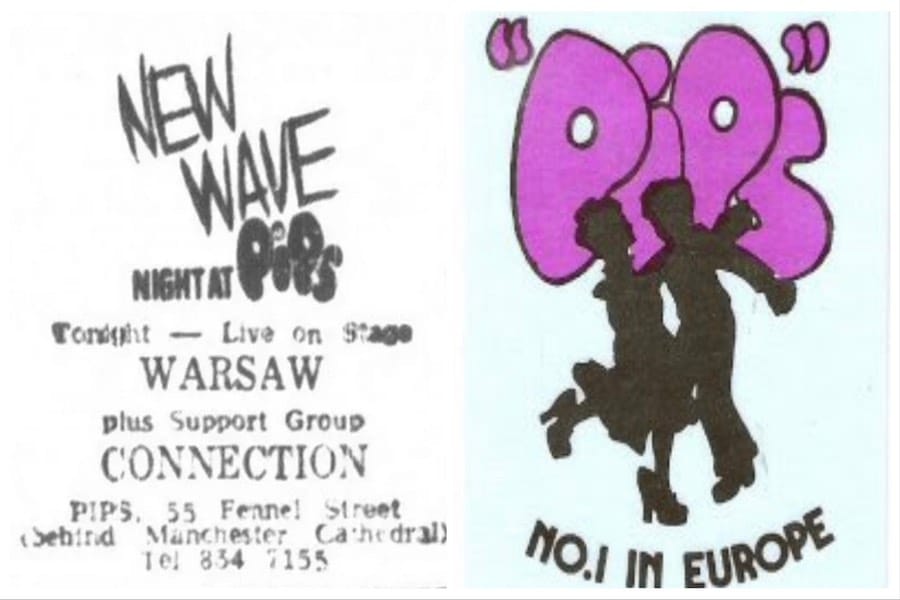
It was a time of musical insurgency, where Pips was revered for its willingness to cast aside the familiar in favour of the avant-garde.
The Roxy Room, one of the most iconic spaces within Pips, epitomised this ethos.
From punk rock in 1976 to the blossoming of goth in ’79 and the electronica surge in the ’80s, the Roxy Room was a chameleon-like space that adapted to the shifting tides of music.
Bands like Siouxsie and the Banshees, Bauhaus, and The Cramps echoed through its cavernous walls, setting the stage for the goth and alternative revolution that was yet to come.
“Joanne Walley used to rock up all the time, Van Kilmer’s ex-wife – she used to play in a band called the Slowguns.
“It was all very trendy.
“Morrissey, Johnny Marr used to come. All the lads out of a certain ratio and Joy Division. Tony Wilson came too.
Alan remembers it sometimes being a bit cliquey, noting that “a certain ratio and Antony Wilson didn’t use to speak to us!
“It was just a bit of South Manchester lads, we were from the North.
“I think it was so popular, just because it was unique. It was the only place you could go and listen to this music live.
“We played alternative music that people wanted to hear.
“The music was out there, it was great.
“We used to get people coming in and miming, the full David Bowie cracked Actor. It was awesome.
“They would come in dressed like Mimes and put on the full dance routine, 7 minutes of absolute mayhem with the whole mime routine to Width of a Circle.
“There was one guy who used to do it, miming, and you’d get the Perry Boys coming in and taking the Mickey out of him – but they didn’t realise he was a champion kickboxer.
“So they came up to him and tried to throw him off, and just ended up getting seven bells kicked out of them.
“Three lads lying on the floor sparked out by a lad in make-up after 30 seconds.
“It was a completely debauched place. Like Berlin after the Second World War.”
It was during this time that Alan remembers they had a great manager called Phil, who he says didn’t take prisoners. If people misbehaved they had free range to ‘escort them out’.
Alan said that once Phil left things sort of disintegrated from there.
“We had loads of trouble with the Perry Boys, and we ended up with about 200 Perry Boys every weekend, and the wheels came off a bit.
“There was trouble between them toward punks and goths, and that was it.
“I even remember getting hit there, and that was the last time I went. It was a shame.
Manchester Nightclubs Inspired by Pips
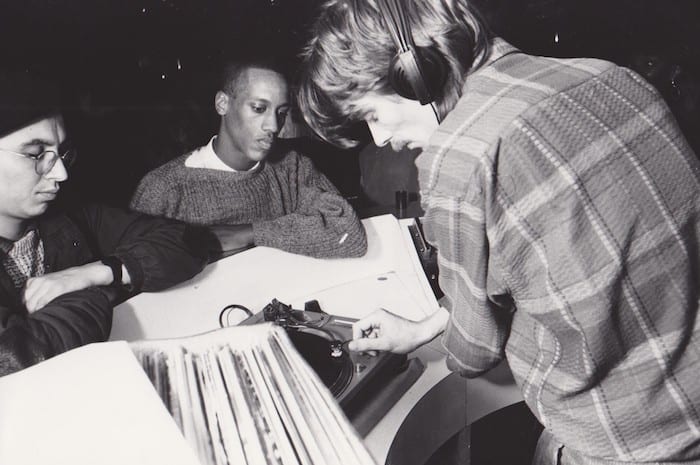
Despite shutting its doors, the legacy of Pips lives on in clubs which proliferated after its closure.
Deville’s, Cloud 9, Berlin, and Legends (Fifth Avenue) were all imbued with the essence of Pips, each space becoming a canvas for music’s endless evolution.
Deville’s, in particular, became a bastion of goth music and alternative subculture, carrying forward the torch that Pips had ignited.
DJ sets became explorations of the sonic spectrum, featuring bands like Sisters of Mercy, Sex Gang Children, and The Cult.
Devilles not only shaped musical preferences but also facilitated a symbiotic relationship between fashion and music.
The unique fashions of the 1980s were woven into the fabric of musical taste, and vice versa.
Cloud 9, located off Cross Street near The Royal Exchange, emerged as a new centre for the gothic subculture.
Play Dead, The Mission, and The Chameleons were among the many acts that found a home within its walls.
Berlin, another underground haven on King Street West, further extended the musical voyage.
I asked Alan why the club was so popular.
He said: “I think it broke the mould. It was the first place that was playing that kind of music. Like the Twisted Wheel in the ’60s, playing Northern Soul.
“People talk about the Hacienda, and I don’t mean to sound bitter – but we were equally as important as the Hacienda in Manchester’s clubbing history, if not more.
“The Hacienda wouldn’t have existed without Pips.
“People didn’t dress to impress like they did at Pips.
“It was very innocent. Very few drugs, The only time I did them was when I got spiked!
“People were there for the music and fashion, and to be with kindred spirits.
“I would say it’s one of the most important clubs in Manchester’s history, definitely the most iconic. Twisted Wheel, Hacienda, yeah of course.
“For individuality, it has to be number one.”
A decade before The Hacienda, Pips stood as a pulsating testament to the power of music to transcend time and create communities.
Beneath the bustling Corn Exchange, the echoes of Pips’ beats remind us that the spirit of Manchester and its constant innovation and evolution continues.
Original photos donated by original Pips members. Image credit: Alan Maskill, Terry Forshaw, Amanda Gray, Lily Laina Munster.
Ex Pips attendees have a flourishing facebook group where you can share memories of Pips Nightclub.
You can find that by clicking here
- This article was last updated 3 months ago.
- It was first published on 30 August 2023 and is subject to be updated from time to time. Please refresh or return to see the latest version.
Did we miss something? Let us know: press@ilovemanchester.com
Want to be the first to receive all the latest news stories, what’s on and events from the heart of Manchester? Sign up here.
Manchester is a successful city, but many people suffer. I Love Manchester helps raise awareness and funds to help improve the lives and prospects of people across Greater Manchester – and we can’t do it without your help. So please support us with what you can so we can continue to spread the love. Thank you in advance!
An email you’ll love. Subscribe to our newsletter to get the latest news stories delivered direct to your inbox.
Got a story worth sharing?
What’s the story? We are all ears when it comes to positive news and inspiring stories. You can send story ideas to press@ilovemanchester.com
While we can’t guarantee to publish everything, we will always consider any enquiry or idea that promotes:
- Independent new openings
- Human interest
- Not-for-profit organisations
- Community Interest Companies (CiCs) and projects
- Charities and charitable initiatives
- Affordability and offers saving people over 20%
For anything else, don’t hesitate to get in touch with us about advertorials (from £350+VAT) and advertising opportunities: advertise@ilovemanchester.com

Manchester BMX club puts the wheels in motion to help a local hero
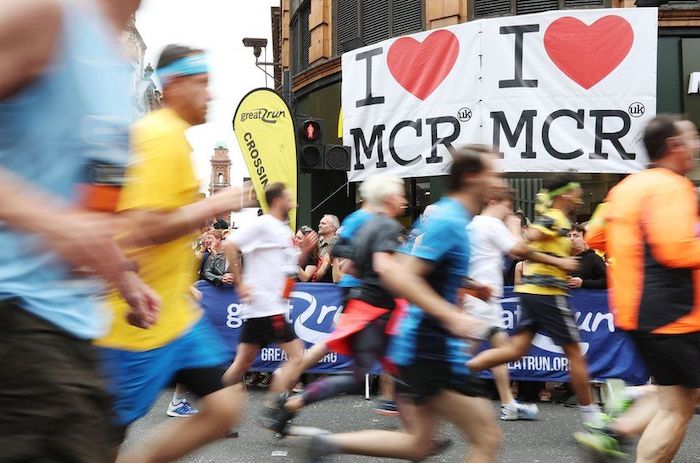
Celebrating the amazing people taking on Great Manchester Run in 2025

Frankie Lipman steps into Lady Macbeth’s shoes in gutsy new take on Shakespeare
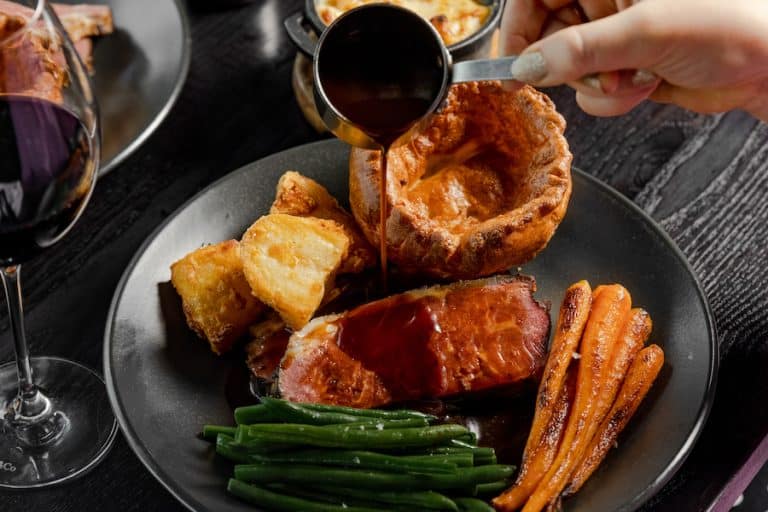
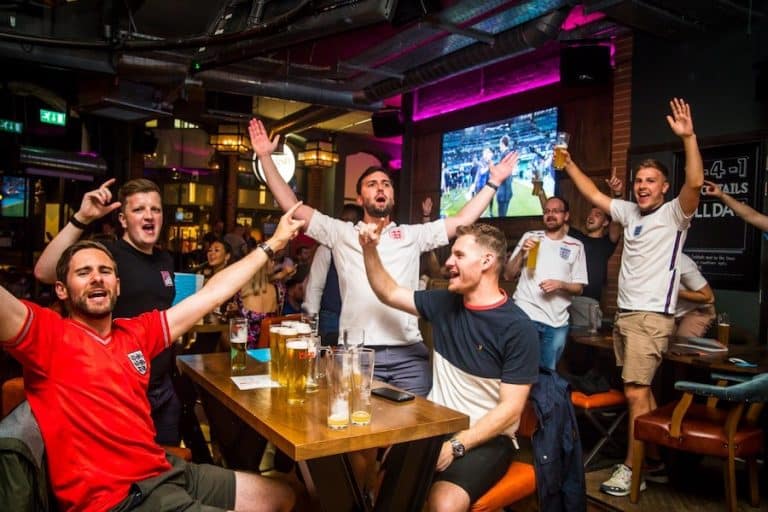
Best bars and pubs to watch the football and live sport in Manchester








